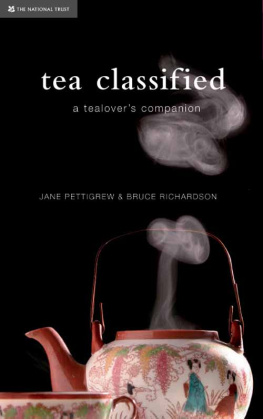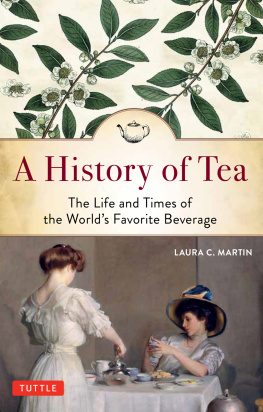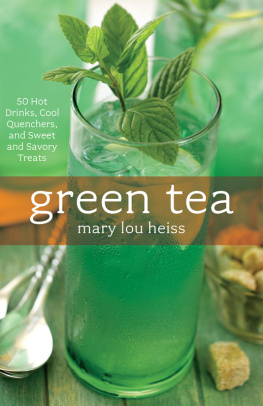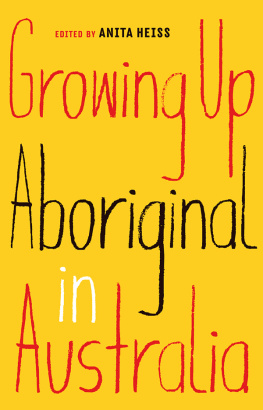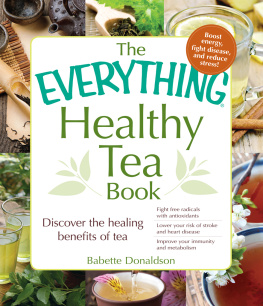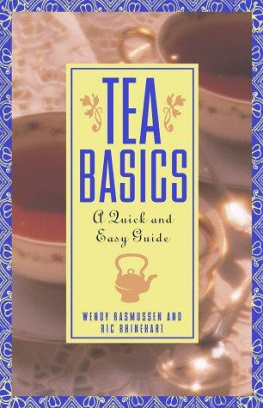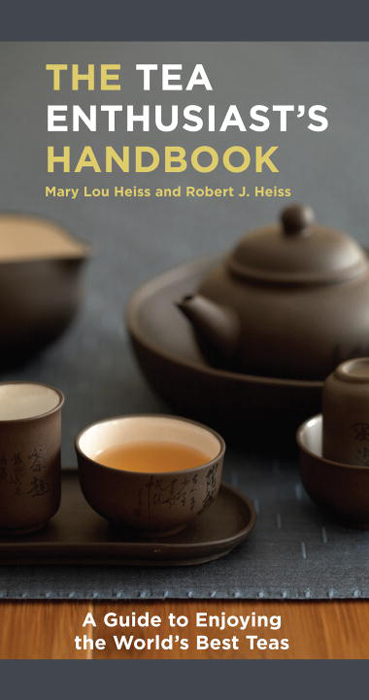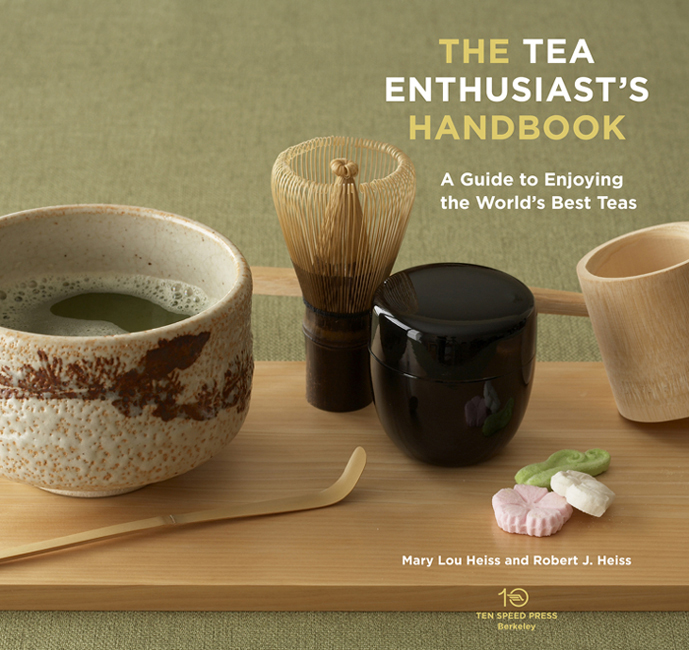Copyright 2010 by Mary Lou Heiss and Robert J. Heiss
Studio photographs copyright 2007, 2010 by Angie Cao
Location photographs copyright 2010 by Mary Lou Heiss and Robert J. Heiss
All maps copyright Map Resources
All rights reserved.
Published in the United States by Ten Speed Press, an imprint of the Crown Publishing Group, a division of Random House, Inc., New York.
www.crownpublishing.com
www.tenspeed.com
Ten Speed Press and the Ten Speed Press colophon are registered trademarks of Random House, Inc.
Library of Congress Cataloging-in-Publication Data
Heiss, Mary Lou.
A guide to enjoying the worlds best teas / Mary Lou Heiss and Robert J. Heiss. 1st ed.
p. cm.
Includes index.
Summary: A guide offering concise, authoritative advice on understanding, buying, and enjoying the six classes of tea, with identification and location photography throughoutProvided by publisher.
1. Tea. 2. TeaPurchasing. 3. Cookery (Tea) I. Heiss, Robert J. II. Title.
TX415.H438 2010
641.3372dc22
2009038326
eISBN: 978-1-60774-378-1
Food styling by Bergren Rameson and Alexa Hyman
Photography assistance by Cody Pickens, Christina McNeill, and Ashley French
Photography by Eliot Jordan: (top)
Photography by Saunam Bhattacharjee:
v3.1
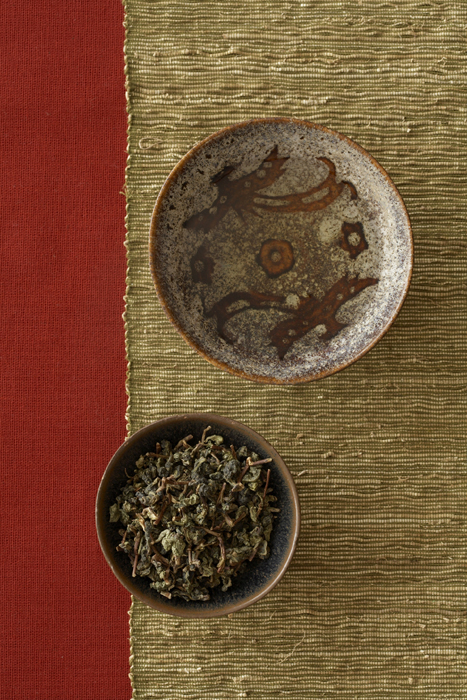
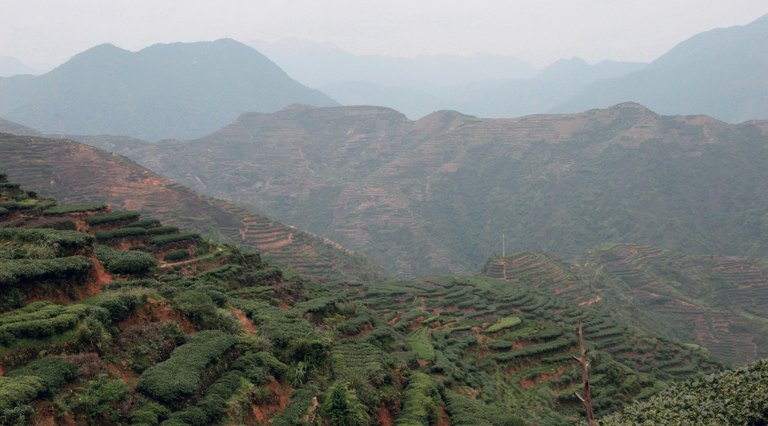
CONTENTS
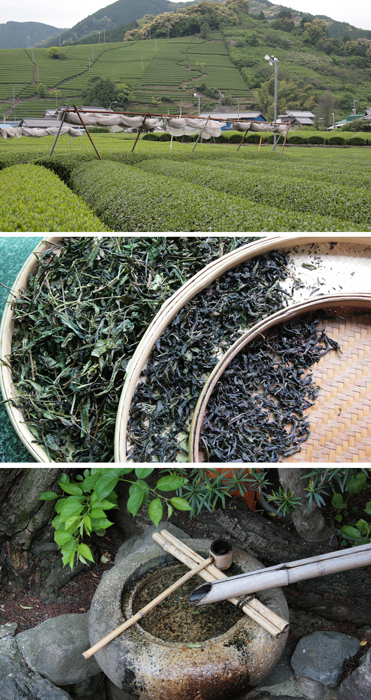
INTRODUCTION:
The Glorious World of Tea
How times have changed! Premium tea is enjoying the spotlight today in ways unimagined just a few short years ago. Until the 1990s, retail purveyors of premium tea in the United States could be counted on one hand, and specialty food stores stocked just a tame selection of humdrum black tea blends. At best, these selections were marked by country of origin, with perhaps a simple attribution to style of tea or country of production. Unlike today, little detailed information was available to tea drinkers, and most people did not even know what questions to ask. For many, tea was, well, not very exciting, but something that you could count on Grandma to have on hand.
Today, we are learning how enticing and pleasingly distinctive premium tea really is. Tea can be subtle and alluring, bold and bracing, sweet and fresh, young and full of vigor, or rich and matured. It is always fragrant and welcoming at all times. Premium teas once unknown in the West are now becoming familiar, and new tea shops and tea houses are opening for business across the country. For tea enthusiasts, this offers a superb opportunity to travel the world of tea one delicious cup at a time.
Crafting fine tea requires a highly developed sense of perception for touch, sight, and sound that no machine can replicate. And every teafrom Taiwans Ali Shan High Mountain gao shan oolong to a brisk and bright Ceylon black tea from the Nuwara Eliya region of Sri Lankatells a story in the cup about the soil and air that nurtured it and the tea-making skills that transformed and shaped it.
So get ready to explore the world of premium tea, with information to decipher tea lists, tea labels, and tea menus and to purchase a varied selection of wonderful and delicious tea with assurance.
About Our Book
In our thirty-five years as retailers of premium tea, we have been asked just about every possible question regarding tea, tea steeping, and tea storage. We have kept these questions in mind as we approached the topics in our book.
Right up front, let us say that we define tea in the classic, historic sense as a caffeinated beverage brewed from the leaf of the Camellia sinensis bush. While it is commonplace today to refer to noncaffeinated, herbal beverages such as peppermint, chamomile, and lavender as tea, we believe that such beverages should be called by other, more appropriate names, such as herbal teas, herbal infusions, or tisanes. Many of these beverages are delicious and refreshing, but they lie outside the scope of our book, and we leave discussion of them to others.
The worlds best teas comprise a tiny percentage of the yearly worldwide production of tea. Yet to us, these teas are the most significant. Therefore, our book focuses its attention on pure, unblended, premium teas from the tea-producing countries that have made the greatest contributions to the art and science of tea cultivation and manufacture: China, Japan, India, Sri Lanka, and Taiwan. As a result of learning, observing the results, and perfecting their techniques in the tea factories, generations of tea masters in these countries have created the most stunning teas imaginable.
We believe that learning as much as possible about tea and the process of artisan tea manufacture will heighten your enjoyment of each cup you steep. We hope you take delight in our journey through the vibrant world of tea.
A Simple Cup of Tea Is No Simple Matter
Tea is an essential beverage that quenches the collective thirst of millions of people every day. Whereas tea was once grown only in China, today tea is cultivated in forty-one (and counting!) countries of the world, and new tea industries are developing as worldwide demand increases for more various types of tea.
Tea drinking has never gone out of fashionit has simply changed course and usage with each new generation of tea drinkers. Tea, the most widely consumed beverage on the planet after water, still proudly maintains its title as the worlds oldest beverage. Tea is a wonderfully intricate and complex commodity. There are said to be approximately twenty thousand different distinctions of tea made in the world, a vast number by anybodys count. Yet, no two teas ever taste exactly alike, and every great tea has a distinctive, trademark flavor. You might even say that tea has a cultural identity.
Yet, all tea is made from the fresh leaf of the Camellia sinensis bush, and its three major varieties:
Camellia sinensis var. sinensis (small-leaf China bush)
Camellia sinensis var. assamica (large-leaf Assam bush)
Camellia sinensis var. cambodi (medium-leaf Java bush)
Additionally, in parts of Burma (known today as Myanmar), China, India, Laos (officially Lao Peoples Democratic Republic), Thailand, and Vietnam, strains of indigenous tea bushes and old tea trees coexist with hundreds of local cultivars that have been developed to better meet the needs of tea growers in their specific environments. Since all tea starts as freshly plucked leaf, it is theoretically possible to turn any fresh tea leaf into any of the six classes of tea: green, yellow, white, oolong, black, and Pu-erh.
But tea manufacture is a precise, controlled, and predictable process, and in most tea-producing countries, tea producers focus on only one or two classes of tea. Japan, for instance, produces primarily green teas, but they are very distinctive and taste like no other green teas in Asia. On the other hand, China, the country that unlocked the secrets of tea making and established the manufacturing process for each of the six classes of tea, is the only country that produces all six classes of tea.


